Increasing Prevalence of Chorea
The rising incidence of chorea in South Korea is a notable driver for the chorea market. Recent studies indicate that the prevalence of chorea-related disorders, such as Huntington's disease, is increasing, with estimates suggesting that approximately 5 in 100,000 individuals are affected. This growing patient population necessitates enhanced healthcare services and treatment options, thereby stimulating market growth. As awareness of chorea symptoms expands among healthcare professionals and the public, early diagnosis becomes more common, leading to increased demand for therapeutic interventions. The chorea market is likely to experience significant expansion as healthcare providers seek to address the needs of this growing demographic, ultimately contributing to improved patient outcomes and quality of life.
Enhanced Patient Support Services
The expansion of patient support services is a vital driver for the chorea market in South Korea. Organizations dedicated to providing resources, education, and emotional support for individuals affected by chorea are gaining traction. These services not only empower patients but also facilitate better management of their conditions. In 2025, it is estimated that patient support programs will see a growth of 30%, reflecting the increasing recognition of the importance of holistic care. As these services become more prevalent, they are likely to improve patient adherence to treatment regimens and foster a sense of community among individuals living with chorea. This trend underscores the need for comprehensive care models that address both medical and psychosocial aspects of the disease.
Advancements in Diagnostic Technologies
Technological innovations in diagnostic tools are transforming the landscape of the chorea market in South Korea. Enhanced imaging techniques, such as MRI and genetic testing, allow for more accurate and timely diagnoses of chorea-related conditions. These advancements facilitate early intervention, which is crucial for effective management of symptoms. The market for diagnostic devices is projected to grow, with an estimated increase of 15% annually over the next five years. As healthcare facilities adopt these technologies, the chorea market is expected to benefit from increased patient referrals and a greater emphasis on specialized care. This trend underscores the importance of integrating advanced diagnostics into routine clinical practice to improve patient outcomes.
Rising Demand for Personalized Medicine
The shift towards personalized medicine is influencing the chorea market in South Korea. Patients are increasingly seeking tailored treatment plans that consider their unique genetic profiles and disease characteristics. This trend is supported by advancements in pharmacogenomics, which enable healthcare providers to customize therapies based on individual responses. The market for personalized treatments is expected to grow by 20% over the next few years, driven by patient demand and the potential for improved efficacy. As healthcare systems adapt to this paradigm shift, the chorea market will likely benefit from the development of targeted therapies that address the specific needs of patients, ultimately enhancing treatment outcomes.
Growing Investment in Neurological Research
Investment in neurological research is a critical driver for the chorea market in South Korea. Government and private sector funding for research initiatives aimed at understanding chorea and its underlying mechanisms is on the rise. In 2025, funding for neurological research is projected to reach approximately $200 million, reflecting a commitment to advancing treatment options and improving patient care. This influx of capital supports clinical trials and the development of novel therapies, which may lead to breakthroughs in the management of chorea. As research progresses, the chorea market is likely to see an increase in innovative treatment modalities, enhancing the overall therapeutic landscape for affected individuals.


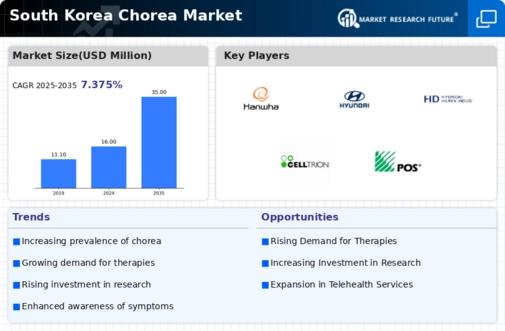
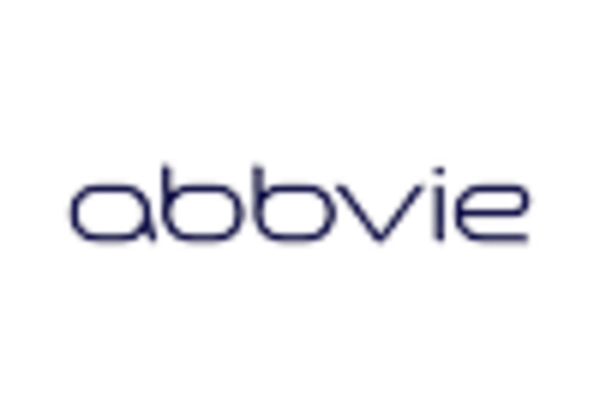
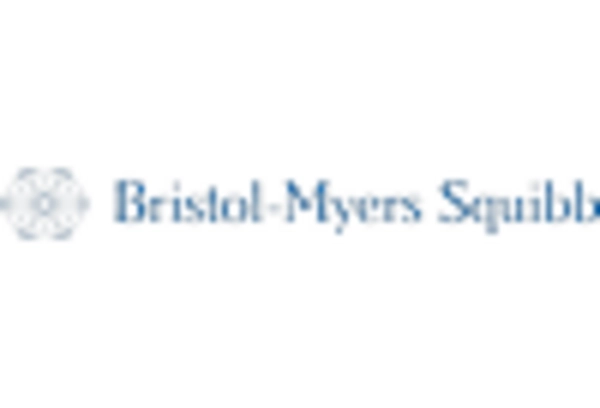
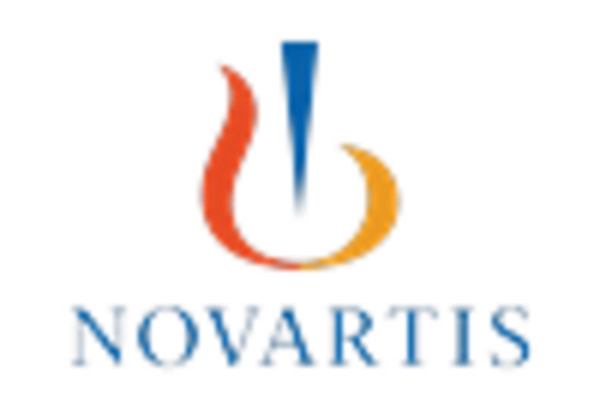
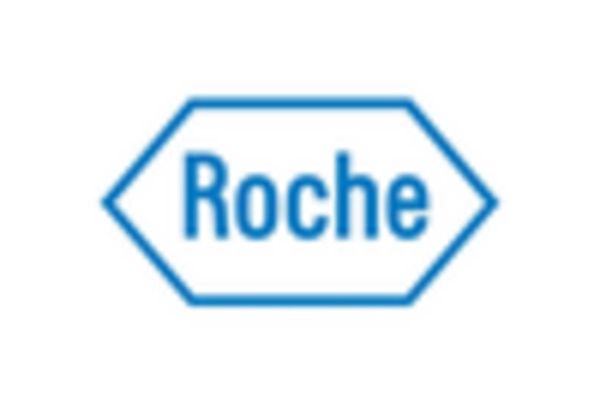

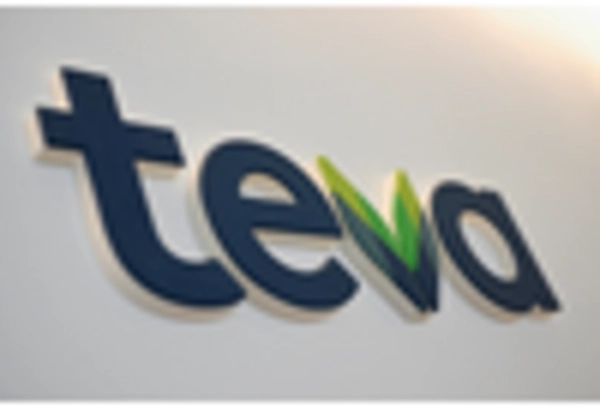








Leave a Comment